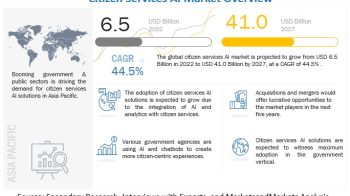
Behavioral biometrics tools provide capabilities to record and measure human behavioral patterns using gait analysis, keystroke or signature analysis, mouse use characteristics, voice dynamics, etc. to verify and authenticate an individual user, either in real time or retrospectively. Such behavioral biometrics tools capture an array of human interactions between an application and a device and analyze these characteristics to recognize and authenticate true users. Identity and access management, fraud detection and prevention, and risk and compliance management are major application areas where these tools are currently being deployed with varying degree.
The major growth drivers of the Behavioral Biometrics Market include rapid growth in online transactions and online fraudulent activities, and higher compatibility with emerging AI technologies.
Major applications of the behavioral biometrics market include identity and access management, fraud detection and prevention management, and risk and compliance management. Risk and compliance management is expected to grow at the highest CAGR during the period of 2018–2023. Behavioral biometrics are used widely by major industries including Banking, Financial Services, and Insurance (BFSI); healthcare; retail and eCommerce; telecommunications; government and defense; and others (education, real-estate, and travel) for different business needs.
Many organizations across verticals have been utilizing behavioral biometrics to ensure protection of users from online fraud, and for identity and access management and fraud prevention solutions. On consumer side, customers are more inclined toward applications which provide highly secured online payments with a personalized and user-friendly experience. Developments made in the General Data Protection Regulation (GDPR) and other data protection acts are likely to attract new customers in the coming years.

